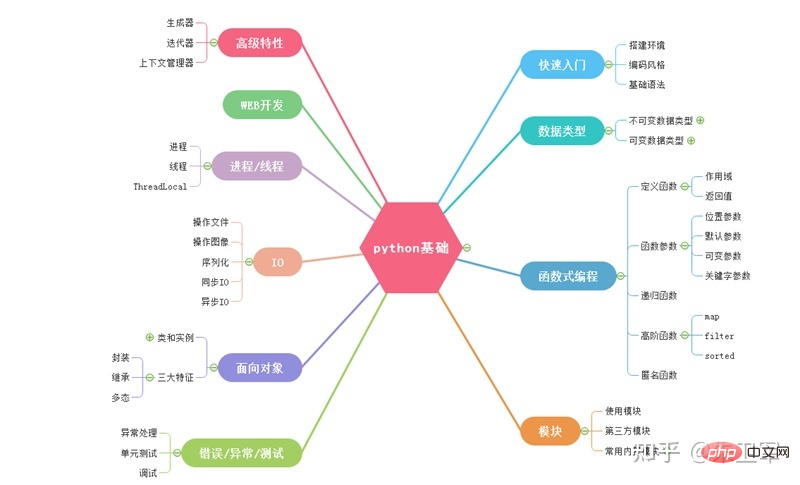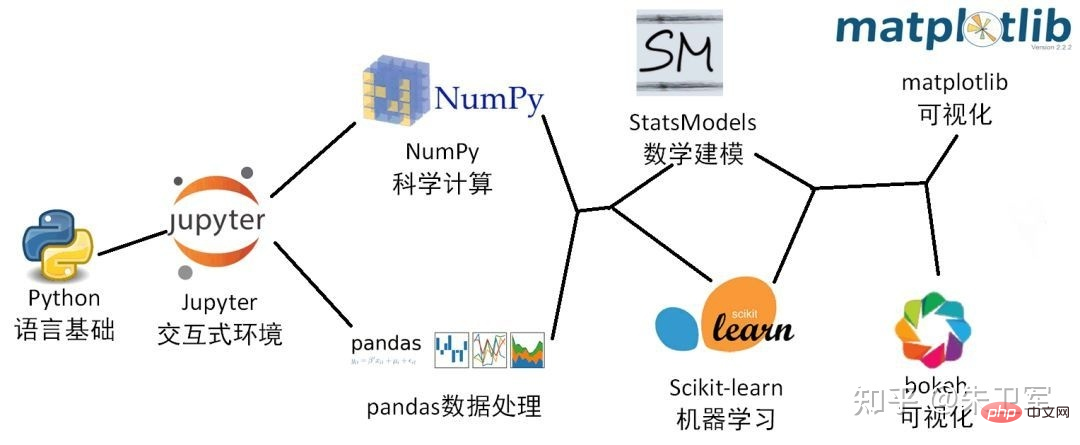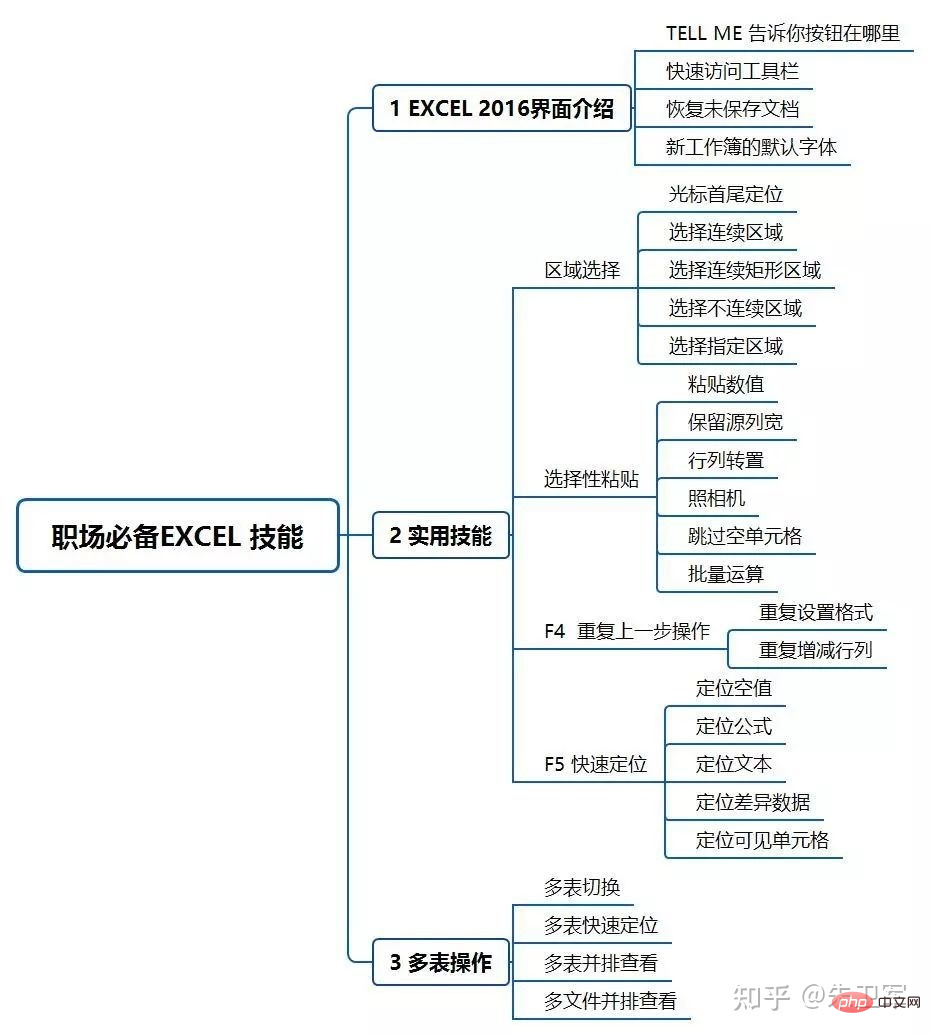Can Python+Pandas replace Excel+VBA in daily work?

There is a popular question on Zhihu: Can Python Pandas replace Excel VBA in daily work?
My suggestion is , the two are complementary, and no one replaces the other.
Use Python Pandas for complex data analysis and mining, and Excel VBA for daily simple data processing.
From the perspective of data processing and analysis capabilities, Python Pandas can definitely replace Excel VBA, and is far more powerful than the latter.
But from the perspective of convenience, dissemination, and market recognition, Excel VBA is still irreplaceable in the workplace.
Because Excel conforms to the usage habits of most people, the cost of use is lower.
Just like Photoshop can produce more professional photos, why do most people use Meitu Xiuxiu? The principle is the same.
From the perspective of market acceptance, there are three differences between Python and Excel.
Note that what I am talking about here is the difference, not the disadvantage, because there is no way to compare the advantages and disadvantages of different types of things.
1. The threshold for learning Python is relatively high
Although Python is the easiest to get started among programming languages, it is still a programming language that requires you to understand For most non-IT majors, the learning threshold for programming knowledge such as variables, functions, logical statements, classes, thread processes, etc. is quite high.

And learning Python data analysis is not only learning Python syntax itself, you also need to learn various data science libraries such as Pandas, Numpy, Matplotlib, SKlearn, etc. , because most data processing functions are wrapped in these libraries.

Many libraries are not easier to learn than Python itself, because the ecology of these large libraries is very complex. For example, Pandas has at least thousands of function methods, as well as countless parameters and logic, just like you are doing data analysis with the underlying code of Excel.
So Python is good at handling scenarios with high complexity, high repetition, and large amounts of data.

What about Excel? Almost most people who know something about computers can use it with zero threshold, or simply by watching some tutorials, they can use functions and pivot tables for data processing. The cost of entry-level learning is extremely low.
Of course, high-level operations and VBA also require time to study.

#2. The cost of using Python is relatively high
As mentioned before, Python is not like Excel, a graphical interface software. Ready to use, nothing will happen.
Python is more troublesome to use than Excel. It is possible that if you successfully run the code and transfer it to a colleague's computer, bugs will appear, because Python involves environment configuration, dependencies, and the syntax format is relatively different. Strict, an error will be reported if there is any error.
So many Python learners will stop at installation and configuration, bug handling, and give up before performing data analysis.
For Excel, these problems may not exist, or very few.
Almost everyone in the company, from the chairman and CEO to the lower-level employees, is using Excel. What you create with Excel can be synchronized to your leadership colleagues without any communication barriers. Even if you use complex functions such as VBA, you can easily explain it.
Of course, this does not involve complex development scenarios, just daily office data processing and collaboration. Excel is more practical than Python.
If you are running algorithms and writing automated tools, Python is definitely suitable.
3. Excel has been generalized in some application scenarios, resulting in path dependence
Most people have path dependence on Excel. Excel has been around for decades and has been widely used in all walks of life. It has accumulated a large amount of codes, formulas, processes, materials, etc. It is difficult to find alternatives overnight.
Excel is one of the most successful software in the world. Microsoft employs thousands of engineers every year to develop and maintain Excel, encapsulating Excel into the most convenient data tool for daily office work. In fact, what Microsoft considers is to meet the needs of 95% of people, and the remaining 5% can use Java, Python and other tools as much as they want.
So it doesn’t mean that the more powerful the function, the more we should use it, but also take into account the existing rules, experience, and market conditions to make the most appropriate choice.
Summary
To sum up, it is normal for most people to use Excel instead of Python for data analysis.
Because simple and effective things are often the most popular, Python has actually been working hard in this direction, and I believe its future will be extremely bright.
The above is the detailed content of Can Python+Pandas replace Excel+VBA in daily work?. For more information, please follow other related articles on the PHP Chinese website!

Hot AI Tools

Undresser.AI Undress
AI-powered app for creating realistic nude photos

AI Clothes Remover
Online AI tool for removing clothes from photos.

Undress AI Tool
Undress images for free

Clothoff.io
AI clothes remover

AI Hentai Generator
Generate AI Hentai for free.

Hot Article

Hot Tools

Notepad++7.3.1
Easy-to-use and free code editor

SublimeText3 Chinese version
Chinese version, very easy to use

Zend Studio 13.0.1
Powerful PHP integrated development environment

Dreamweaver CS6
Visual web development tools

SublimeText3 Mac version
God-level code editing software (SublimeText3)

Hot Topics
 1371
1371
 52
52
 What is the function of C language sum?
Apr 03, 2025 pm 02:21 PM
What is the function of C language sum?
Apr 03, 2025 pm 02:21 PM
There is no built-in sum function in C language, so it needs to be written by yourself. Sum can be achieved by traversing the array and accumulating elements: Loop version: Sum is calculated using for loop and array length. Pointer version: Use pointers to point to array elements, and efficient summing is achieved through self-increment pointers. Dynamically allocate array version: Dynamically allocate arrays and manage memory yourself, ensuring that allocated memory is freed to prevent memory leaks.
 Who gets paid more Python or JavaScript?
Apr 04, 2025 am 12:09 AM
Who gets paid more Python or JavaScript?
Apr 04, 2025 am 12:09 AM
There is no absolute salary for Python and JavaScript developers, depending on skills and industry needs. 1. Python may be paid more in data science and machine learning. 2. JavaScript has great demand in front-end and full-stack development, and its salary is also considerable. 3. Influencing factors include experience, geographical location, company size and specific skills.
 Does H5 page production require continuous maintenance?
Apr 05, 2025 pm 11:27 PM
Does H5 page production require continuous maintenance?
Apr 05, 2025 pm 11:27 PM
The H5 page needs to be maintained continuously, because of factors such as code vulnerabilities, browser compatibility, performance optimization, security updates and user experience improvements. Effective maintenance methods include establishing a complete testing system, using version control tools, regularly monitoring page performance, collecting user feedback and formulating maintenance plans.
 Is distinctIdistinguish related?
Apr 03, 2025 pm 10:30 PM
Is distinctIdistinguish related?
Apr 03, 2025 pm 10:30 PM
Although distinct and distinct are related to distinction, they are used differently: distinct (adjective) describes the uniqueness of things themselves and is used to emphasize differences between things; distinct (verb) represents the distinction behavior or ability, and is used to describe the discrimination process. In programming, distinct is often used to represent the uniqueness of elements in a collection, such as deduplication operations; distinct is reflected in the design of algorithms or functions, such as distinguishing odd and even numbers. When optimizing, the distinct operation should select the appropriate algorithm and data structure, while the distinct operation should optimize the distinction between logical efficiency and pay attention to writing clear and readable code.
 How to understand !x in C?
Apr 03, 2025 pm 02:33 PM
How to understand !x in C?
Apr 03, 2025 pm 02:33 PM
!x Understanding !x is a logical non-operator in C language. It booleans the value of x, that is, true changes to false, false changes to true. But be aware that truth and falsehood in C are represented by numerical values rather than boolean types, non-zero is regarded as true, and only 0 is regarded as false. Therefore, !x deals with negative numbers the same as positive numbers and is considered true.
 What does sum mean in C language?
Apr 03, 2025 pm 02:36 PM
What does sum mean in C language?
Apr 03, 2025 pm 02:36 PM
There is no built-in sum function in C for sum, but it can be implemented by: using a loop to accumulate elements one by one; using a pointer to access and accumulate elements one by one; for large data volumes, consider parallel calculations.
 How to obtain real-time application and viewer data on the 58.com work page?
Apr 05, 2025 am 08:06 AM
How to obtain real-time application and viewer data on the 58.com work page?
Apr 05, 2025 am 08:06 AM
How to obtain dynamic data of 58.com work page while crawling? When crawling a work page of 58.com using crawler tools, you may encounter this...
 What is the reason why PS keeps showing loading?
Apr 06, 2025 pm 06:39 PM
What is the reason why PS keeps showing loading?
Apr 06, 2025 pm 06:39 PM
PS "Loading" problems are caused by resource access or processing problems: hard disk reading speed is slow or bad: Use CrystalDiskInfo to check the hard disk health and replace the problematic hard disk. Insufficient memory: Upgrade memory to meet PS's needs for high-resolution images and complex layer processing. Graphics card drivers are outdated or corrupted: Update the drivers to optimize communication between the PS and the graphics card. File paths are too long or file names have special characters: use short paths and avoid special characters. PS's own problem: Reinstall or repair the PS installer.




